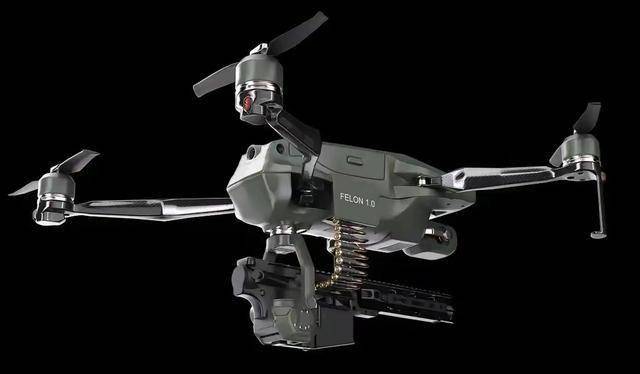
Understanding Gas Powered Drones
 The first aspect to consider is the fundamental mechanism of gas powered drones. Unlike electric drones, which rely solely on battery power, gas powered drones utilize fuel combustion, enabling them to fly for extended periods. This unique attribute makes them ideal for operations requiring sustained aerial presence. Moreover, the integration of gas engines often results in a robust power output, allowing these drones to carry heavier payloads, thereby increasing their versatility in practical uses.
The first aspect to consider is the fundamental mechanism of gas powered drones. Unlike electric drones, which rely solely on battery power, gas powered drones utilize fuel combustion, enabling them to fly for extended periods. This unique attribute makes them ideal for operations requiring sustained aerial presence. Moreover, the integration of gas engines often results in a robust power output, allowing these drones to carry heavier payloads, thereby increasing their versatility in practical uses.
While the allure of long flight endurance is enticing, gas powered drones also pose certain challenges. The complexity of their engines demands meticulous maintenance to ensure optimal performance. Furthermore, gas drones are significantly noisier than their electric counterparts, which can be a critical factor in operations where discretion is paramount. Despite these challenges, the advantages of gas powered drones in specific applications are generally considered to outweigh the limitations, prompting continuous advancements in this technology.
Agricultural Applications
Agriculture is one sector seeing a massive transformation due to gas powered drones. These drones can perform various tasks such as crop monitoring, spraying, and data collection with greater efficiency over extended periods. The ability to cover large areas without frequent refueling enhances productivity, making them an invaluable tool in modern farming practices. Additionally, the high payload capacity allows these drones to carry significant quantities of fertilizers or pesticides, minimizing the time and effort required for manual application.
Surveillance and Security
Surveillance is another area where gas powered drones are making a significant impact. Security operations require continuous monitoring, which often proves challenging for drones with limited battery life. Gas powered drones, with their prolonged flight capabilities, are perfect for such tasks. They can cover vast distances without needing a recharge, and their ability to carry advanced camera systems adds to their efficacy in surveillance roles.
Their noisiness remains a concern; however, ongoing research aims to mitigate this through various innovative solutions, including sound dampening technologies.
Delivery Systems
The delivery industry stands on the brink of revolution, thanks to gas powered drones. Companies are actively exploring how to leverage these drones for efficient delivery services, especially in remote or congested urban areas. Their extended flight range and ability to support heavier parcels make them suitable for delivering goods and packages where traditional methods may fall short.
Conversion from electric to gas powered systems has further broadened the scope of possibilities within the drone delivery sector.
Despite their promising applications, regulatory concerns regarding the use of gas powered drones need addressing. Efforts to establish comprehensive guidelines are underway to ensure safety and efficiency in commercial operations.
The continuous evolution of gas powered drone technology holds potential to redefine multiple industries, paving the way for innovative solutions and economic growth.
FAQ
- How long can gas powered drones fly compared to electric ones?
- Gas powered drones typically offer longer flight durations, often exceeding several hours, compared to electric models that mostly operate for about 30 minutes to an hour.
- Are gas powered drones environmentally friendly?
- While they offer significant advantages, gas powered drones may not be as environmentally friendly as electric drones due to fuel combustion emissions.
